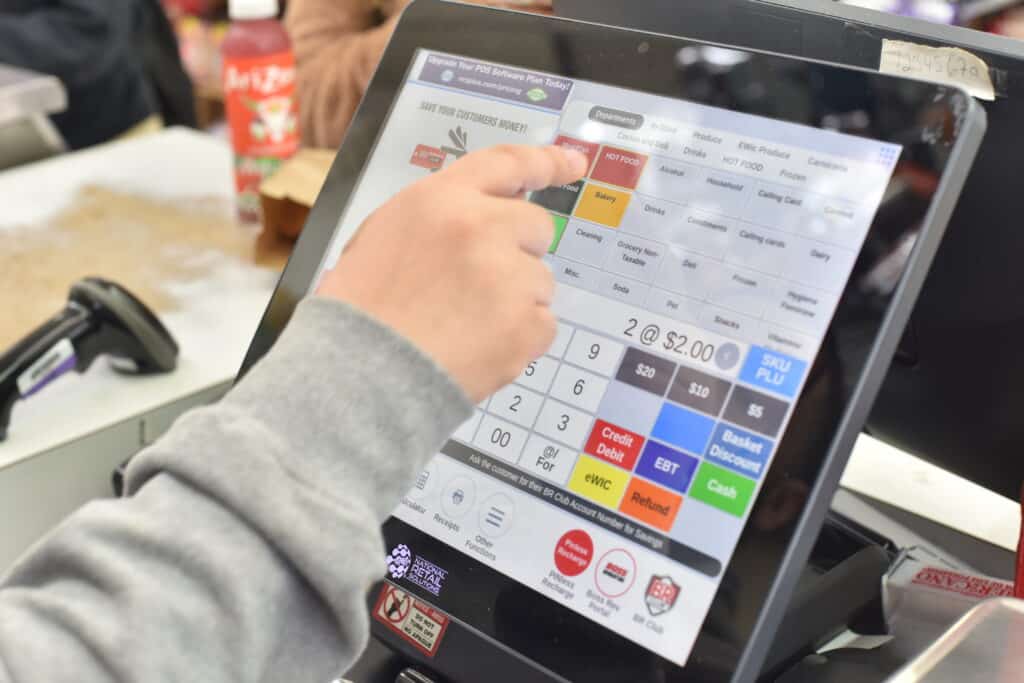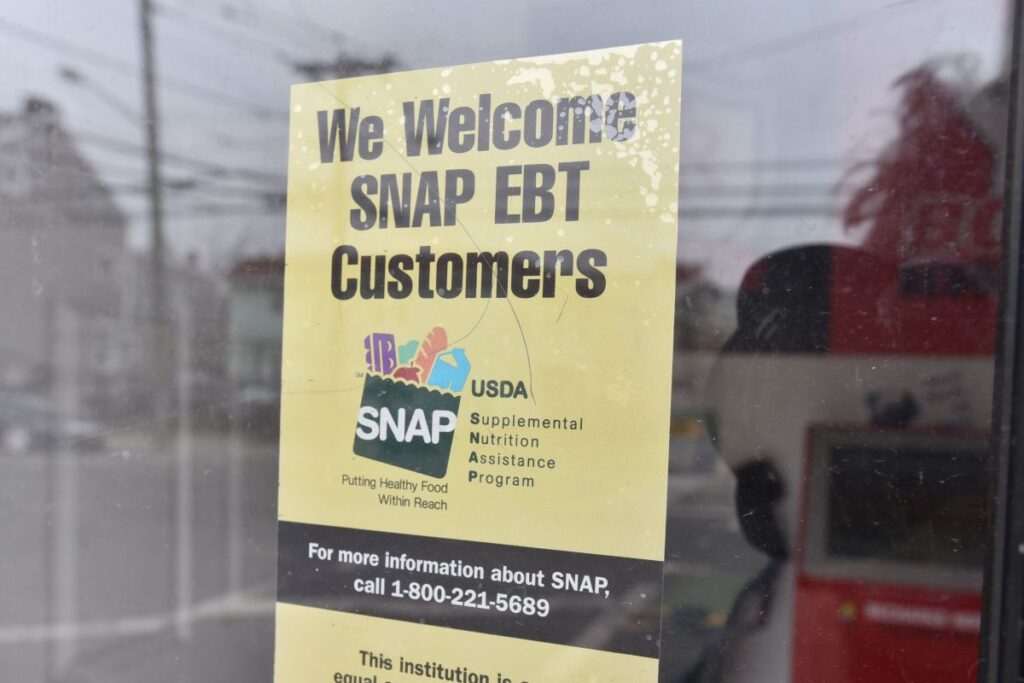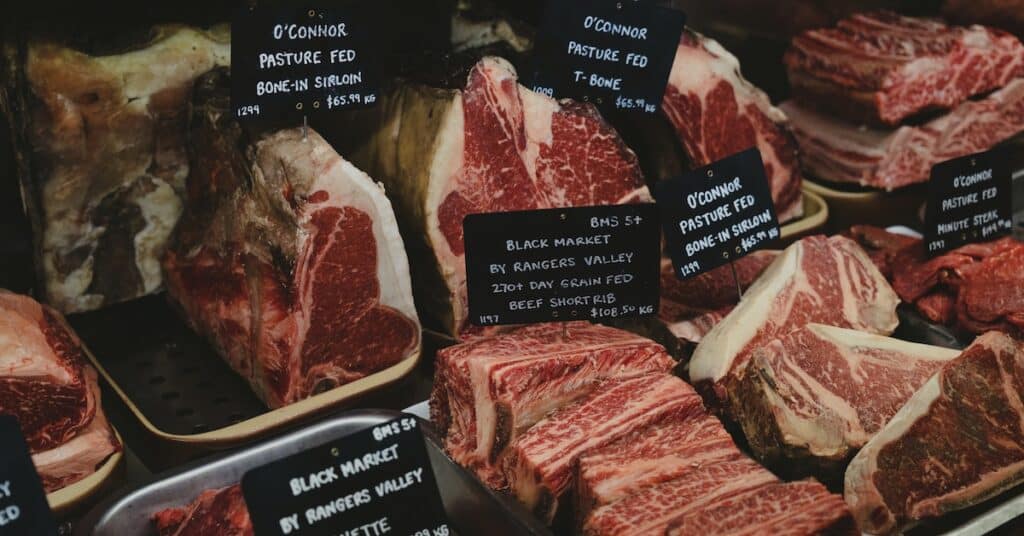- Use POS data to create effective local marketing strategies and personalized offers that resonate with your community.
- Point of Sale (POS) systems can help you deeply understand your local customers’ needs and preferences.
- Practical ways to use POS systems to promote local events and partnerships.
| Strategy/Feature | Benefits | Examples/Applications | Tips for Implementation |
| Data Analysis | Understand customer preferences and buying patterns | Use sales data to identify popular products and peak shopping times | Regularly review data and look for patterns |
| Customer Segmentation | Tailored marketing to different customer groups | Segment customers based on purchase history for targeted offers | Use POS data for accurate customer grouping |
| Inventory Management | Stock products efficiently based on demand | Stock more of what sells best according to POS data | Regularly update inventory based on sales trends |
| Loyalty Programs | Encourage repeat business and customer loyalty | Use POS to track and reward frequent customers | Design a simple, rewarding loyalty program |
| Real-Time Promotions | Dynamic adaptation of marketing to sales trends | Create instant discounts for overstocked items | Monitor sales data closely for quick decision-making |
| Mobile Integration | On-the-go access to data and marketing | Send promotional alerts through mobile integration | Ensure seamless integration for real-time updates |
| Security Measures | Protect customer data | Implement encryption and data protection protocols | Regularly update security protocols and software |
| Customer Feedback | Improve service and product offerings | Collect feedback through POS interactions | Actively use feedback for service improvements |
| Technical Support | Quick resolution of system issues | Have a reliable tech support team for POS | Train staff in basic troubleshooting |
Harnessing Local Marketing Strategies for Business Growth
Local marketing strategies are vital for small businesses aiming to thrive through a deep connection with their local customers. This relationship extends beyond just sales; it encompasses a comprehensive understanding of the community’s unique needs and preferences.
An often overlooked yet powerful tool in forging this connection is the Point of Sale (POS) system. More than just a transaction processor, POS systems are pivotal in crafting effective local marketing strategies.
They offer invaluable insights into customer behaviors and preferences, enabling businesses to tailor their approach in a way that resonates with their local audience.
This article will explore how harnessing the power of POS systems can transform a local marketing strategy into a driving force for business success.
Pro Tip: Become the neighborhood hub. Host cooking demos, support local farms, offer delivery partnerships – weave yourself into the community fabric.
The Significance of Local Customer Understanding
Local customers are crucial for small business’ success, providing the loyal base that helps these businesses thrive. Understanding local customers involves more than recognizing them; it’s about diving into their shopping preferences and local trends.
Personalization is the heart of local marketing strategies, allowing businesses to tailor their offerings to meet their community’s specific needs and interests.
- Local customers’ loyalty and patronage are vital for small business success.
- Understanding local customers involves analyzing their shopping habits and preferences.
- Personalized and localized marketing approaches create a unique, community-focused shopping experience.
Utilizing POS Systems for Customer Data Collection
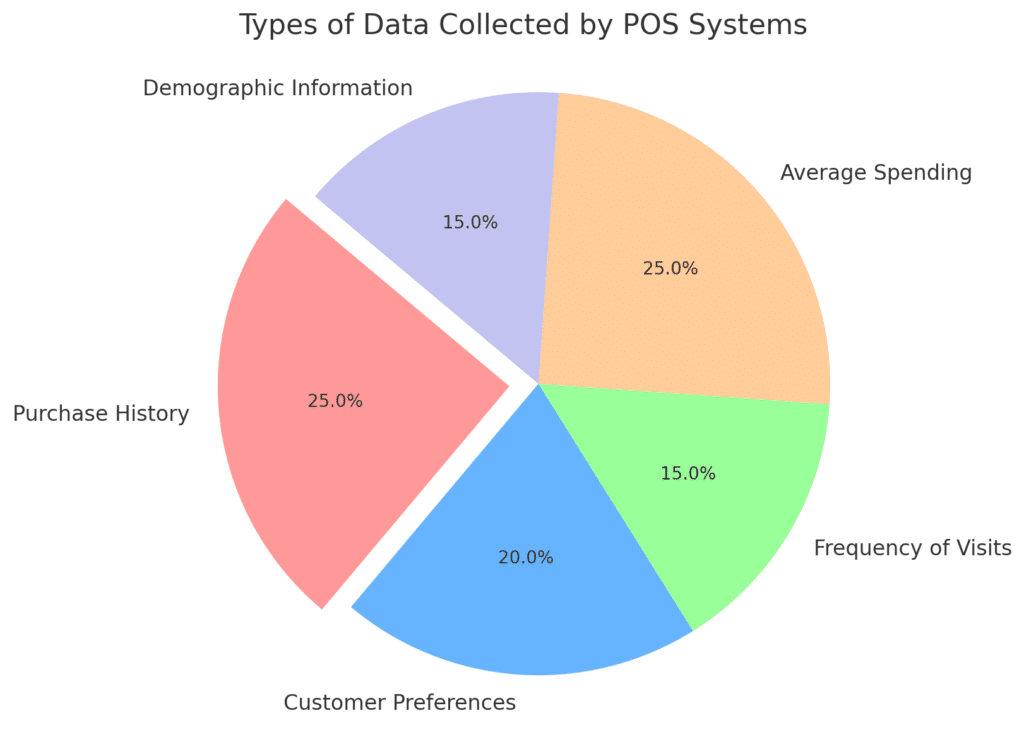
Point-of-sale systems are invaluable tools for collecting customer data, transforming every transaction into an opportunity for insight. The systems can capture a wealth of information, from purchase histories to customer preferences and contact details.
This data is key for small businesses to understand their customers more deeply and effectively tailor their services and marketing efforts.
- It turns transactions into opportunities for gathering customer insights.
- The system can track and store data like purchase history, revealing customer buying patterns.
- Collecting customer preferences and contact information helps personalize marketing efforts and build stronger customer relationships.
Pro Tip: Hyper-local social media. Dominate your area’s Facebook groups, run Instagram contests for nearby landmarks, sponsor little league teams – be the face your neighbors know.
Analyzing Local Customer Behavior
Analyzing local customer behavior through data gathered from the cash register offers small businesses a strategic edge. This analysis reveals patterns and trends that are crucial for making informed decisions.
For instance, understanding peak shopping times and the popularity of certain products enables businesses to optimize their inventory, staffing, and marketing strategies.
It’s not just about what customers buy, but also when and how they prefer to shop.
- Identifying the most popular products and services.
- Understanding seasonal trends and customer preferences.
- Tracking the effectiveness of sales and marketing campaigns.
- Gaining insight into customer demographics.
- Discovering opportunities for new product introductions or promotions.
Creating Targeted Local Marketing Strategies
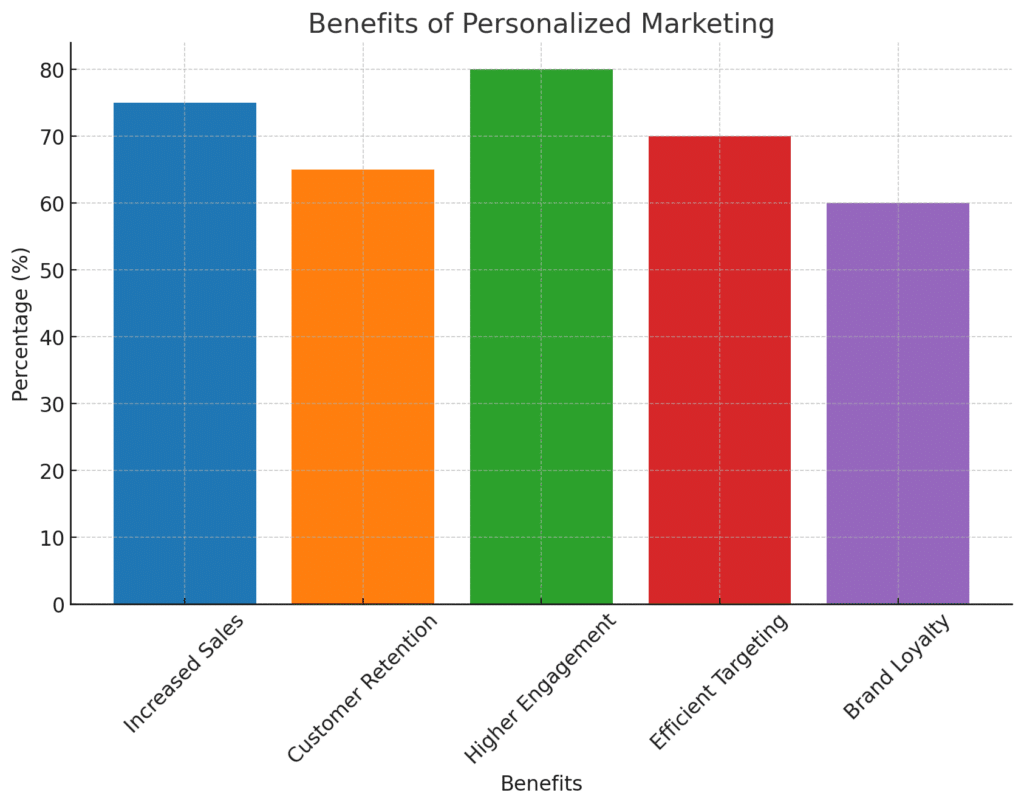
Segmentation:
Customer segmentation involves dividing a business’s customer base into groups based on shared characteristics, a process made more precise and effective with local data.
Using information from POS systems, businesses can categorize customers based on factors like buying habits, frequented product categories, and spending levels.
This segmentation allows the creation of targeted marketing campaigns that speak directly to each group’s specific needs and interests.
For instance, a retailer could identify and target a group that frequently purchases organic products with special offers on new organic arrivals.
- Segment customers by shared characteristics like purchasing patterns and product preferences.
- Utilize data to identify different customer segments accurately.
- Develop targeted marketing campaigns tailored to each segment’s unique needs and interests.
Personalized Offers:
Personalized offers, crafted from insights from POS data, significantly enhance customer engagement and satisfaction.
For example, a local store might use the data to identify customers who frequently purchase children’s clothing and send special offers on back-to-school items.
This level of personalization increases the chances of sales and builds a stronger connection with customers. They feel recognized and valued, which encourages loyalty and repeat business.
Successful campaigns using terminal data often include tailored discounts, special event invitations, or personalized product recommendations, all leading to an enhanced customer experience.
- Use POS data to create offers tailored to individual customer preferences and buying history.
- Enhance customer engagement and satisfaction through personalized promotions.
- Examples of successful campaigns include targeted discounts and event invitations.
- Personalized product recommendations can lead to increased sales and customer loyalty.
- Tailored offers make customers feel valued, fostering a deeper connection with the business.
Pro Tip: Loyalty hacks. Go beyond points – offer birthday freebies, early access to sales for local email subscribers, and partner with other small businesses for cross-promotions.
Implementing Location-Based Promotions
Location-based promotions are a powerful aspect of modern marketing strategies, and the sales terminal plays a crucial role in facilitating these promotions. By leveraging geotargeting capabilities, businesses can create offers that are specifically tailored to the local community.
This approach ensures that promotions are relevant and appealing to the customers in a specific area, increasing the likelihood of engagement and sales.
Location-based promotions can vary from special discounts for local events to exclusive offers for residents, making them a versatile tool in a marketer’s arsenal.
- Geotargeting allows for creating promotions tailored to specific geographic locations.
- Local events can be leveraged to offer timely and relevant promotions.
- Exclusive local offers can enhance community engagement and loyalty.
- Location-based promotions can drive foot traffic to physical store locations.
- Analyzing the response to these promotions helps in refining future marketing strategies.
Geotagging in Digital Marketing Campaigns
Using geotagging in Google and Facebook marketing campaigns is important for several key reasons:
- Targeted Reach: It allows you to direct your ads to specific geographic areas, ensuring your message reaches the most relevant audience.
- Increased Engagement: Ads tailored to local preferences and events resonate more with the audience, leading to higher engagement.
- Cost Efficiency: Focusing on specific regions helps optimize your advertising budget, targeting where you will likely see the best return on investment.
- Enhances Local SEO: Geotagging improves visibility in local search results, which is crucial for businesses focusing on local markets.
- Valuable Insights: It provides specific location-based data, helping you understand and cater to the preferences of different regions more effectively.
Promoting Local Partnerships and Events:
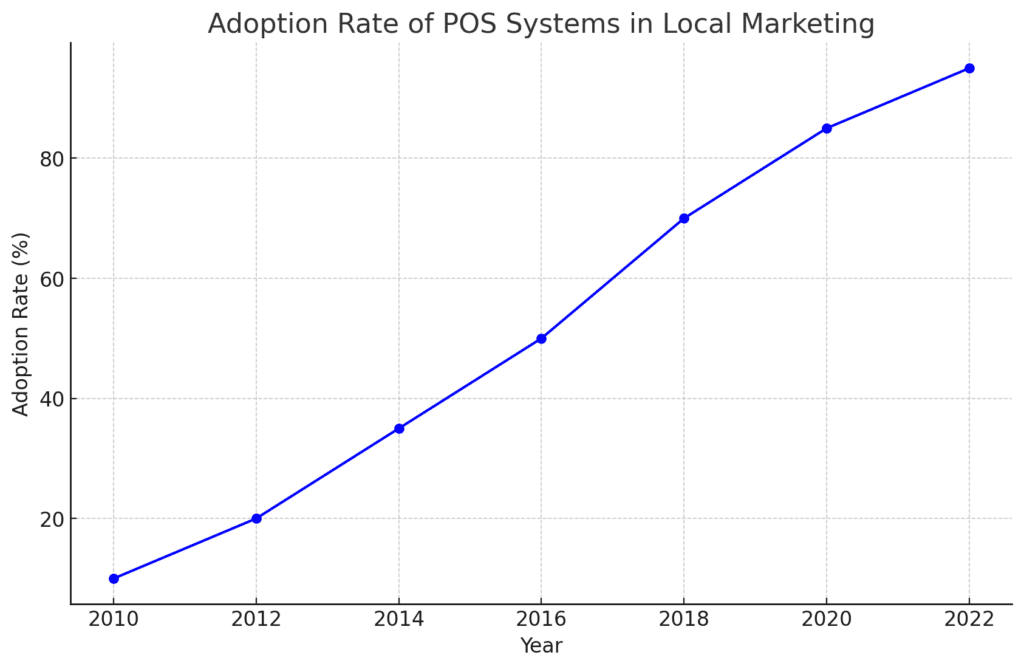
Point-of-sale systems are pivotal in fostering local partnerships and promoting community events.
For example, a local bakery can partner with a nearby school to offer discounts for school events, using the register system data to track the promotion’s effectiveness.
It boosts sales, strengthens community ties, and enhances the business’s local presence.
Another significant advantage of POS systems is their capacity to promote local events effectively. Stores can utilize customer data from their systems to inform and invite their customers to community happenings.
For example, a grocery store might partner with a local farmers’ market or food festival, using its POS system to send invites and special offers to customers who frequently buy fresh produce or artisanal foods.
Similarly, a convenience store could team up with a local charity event or community fair, targeting customers known for purchasing specific items related to the event.
- POS systems aid in forming and managing partnerships with local schools, charities, and businesses.
- They enable tracking and analyzing the success of promotional campaigns linked to these partnerships.
- Businesses can use sales data to target customers for event invitations and special offers.
- Collaborations with local events increase community involvement and business visibility.
- POS-driven campaigns enhance customer engagement and loyalty towards local businesses.
Pro Tip: Embrace low-tech too. Handwritten sidewalk signs, flyers in community centers, sponsor local events – charm trumps big-budget campaigns in your backyard.
Tips for Maximizing POS System Benefits:
To fully leverage the capabilities of point-of-sale systems for enhancing your local marketing efforts, it’s essential to employ strategic and practical approaches.
Here are ten practical tips to help businesses optimize their use of systems, ensuring they get the most out of this technology for local marketing success.
- Regular Data Analysis: Frequently analyze sales data to understand customer buying patterns and preferences.
- Customized Marketing Campaigns: Use insights from sales transactions to create personalized marketing campaigns for different customer segments.
- Inventory Management: Utilize transaction data for efficient inventory management, stocking products based on popularity and demand.
- Employee Training: Train your staff to use these systems effectively to collect accurate and valuable data.
- Customer Feedback Integration: Gather and apply transaction feedback to enhance service and product offerings.
- Loyalty Programs: Run and manage customer loyalty programs using these systems, encouraging repeat business.
- Real-Time Promotions: Develop promotions in real-time based on the latest sales data and inventory levels.
- Mobile Integration: Sync your system with mobile devices for easier marketing and data access on the go.
- Security Measures: Protect sensitive data collected through stringent security measures.
- Regular Software Updates: Keep the system software up-to-date for peak performance and access to new features.
Handling Challenges with POS Systems:
- Understanding Big Data: Use user-friendly tools to make sense of a large amount of sales data or consult a data analysis expert for guidance.
- Protecting Customer Info: Tell your customers how you keep their personal details safe to earn their trust.
- Quick Fixes for System Issues: Have a team ready to fix any problems with your sales system quickly.
- Stay Updated with Customer Likes: Change your ads and products based on what your customers buy and like.
- Affordable System Choices: Look for a sales system that’s not too pricey and has just the features you need.




